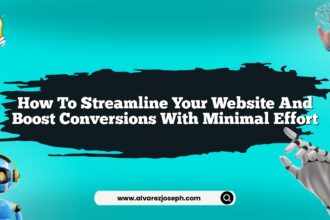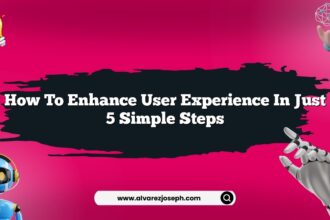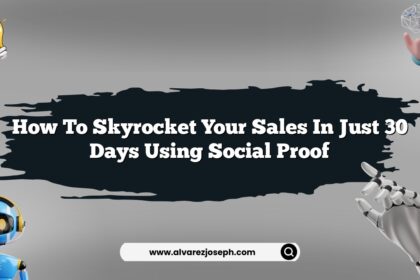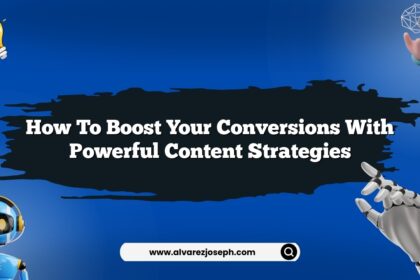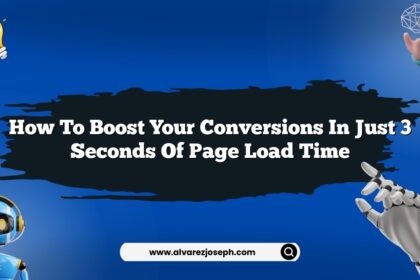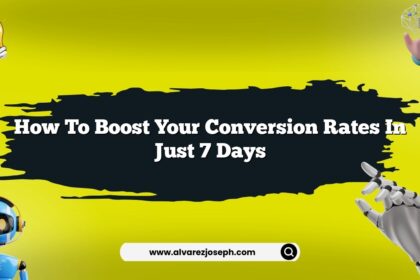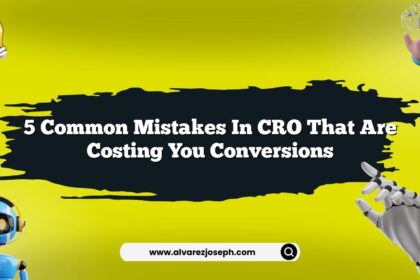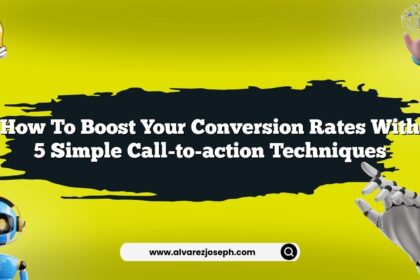Let’s dive right into it. You ever look at your online store’s numbers and think, "What the heck is going on here?" Yeah, we’ve all been there. You spend countless hours crafting the perfect product, launching killer marketing campaigns, and yet… crickets. Your conversion rate is still lower than a snail on a treadmill. What gives?
Here’s the kicker: calculating conversion rates isn’t rocket science. That said, there are ways to do it that can make a huge difference in your sales. I’m talking about some quick, actionable stuff that you can implement almost immediately. Stick with me, and I’ll not only walk you through how to calculate your conversion rates but also spill some secrets on how to boost those numbers faster than you can say “cha-ching!”
What Exactly Is a Conversion Rate?
Let’s get down to the nitty-gritty. A conversion rate is simply the percentage of visitors who take a desired action on your site.
- Maybe that action is making a purchase.
- Or signing up for your newsletter.
- Could even be downloading an ebook.
To put it simply, if you had 100 visitors and 5 of them bought something, your conversion rate is… you guessed it, 5%. It’s pretty straightforward, right?
How to Calculate Your Conversion Rate
Alright, let’s break it down step-by-step, because I’m not about to leave you hanging here.
- Identify the Actions: What do you want users to do? Buy something? Sign up?
- Count Your Visitors: This includes anyone who visits your page, regardless of what they do.
- Count the Conversions: How many of those visitors completed the desired action?
-
Do the Math: The formula is:
[
text{Conversion Rate} = left( frac{text{Number of Conversions}}{text{Total Visitors}} right) times 100
]
So if you had 200 visitors and 10 purchases, we’re talking:
[text{Conversion Rate} = left( frac{10}{200} right) times 100 = 5%
]
Boom! You’ve just calculated your conversion rate. Not too shabby, huh?
Why Is This Important?
Let’s not kid ourselves… if your conversion rate is low, it’s a serious red flag. It’s your money on the line. Understanding your conversion rate helps you identify pain points in the customer journey.
Does your checkout process feel like a maze? Are people bouncing off your landing page faster than a rubber ball? Knowing your conversion rate gives you a starting point for improvement.
Common Mistakes in Calculating Conversion Rates
Listen up! I’ve seen some folks make rookie mistakes when it comes to calculating conversion rates.
- Miscounting Visitors: Don’t just count unique visitors. Include repeat visitors. They still count!
- Ignoring Timeframes: A conversion rate can vary depending on when you look at it. So keep track over time.
- Not Segmenting Your Data: Different pages might perform differently. Look into your conversion rates by traffic source, device, or page.
Tools for Tracking Your Conversion Rates
Let’s talk tools for a second. You usually can’t swing a dead cat online without hitting a tracking tool.
- Google Analytics: A classic. It gives you a ton of data, including conversion rates across various channels.
- Hotjar: For those of you who want a peek into how users interact with your site.
- Optimizely: Great for A/B testing and figuring out what works best for you.
Using these tools can help you see what’s working, what’s not, and how to tweak your strategy.
Quick Hacks to Boost Your Conversion Rate
Okay, so you’ve got your conversion rate down. Now, what can you do to actually make it better?
- Simplify Your Checkout Process: No one likes a long checkout. Cut the fluff.
- Use High-Quality Images: You want to make your product shine, right? Good visuals can make a world of difference.
- Add Social Proof: Reviews, testimonials, and ratings can help build trust. People buy from brands they trust.
- Create Urgency: Limited-time offers or low-stock warnings can get people moving.
- Optimize for Mobile: If your site isn’t mobile-friendly, you’re missing out. Period.
- Engage with Live Chat: Sometimes, customers need a nudge. Live chat can help with that!
A/B Testing: Your New Best Friend
Now, if you really want to dig deep, A/B testing is where it’s at.
- You take two versions of the same web page
- Change one element (like a button color or headline)
- Then measure the results.
This gives you clarity on what resonates with your audience. You’d be amazed at how small tweaks can lead to big gains.
And let’s keep it real… Not everything will work. Some ideas will flop, and that’s okay. Just learn and pivot.
The Power of Analytics
So here’s the deal: once you start tracking and optimizing your conversion rates, you can dive into more advanced analytics.
- Look at user behavior.
- See where customers drop off.
- Understand the journey from visitor to purchaser.
Using this data will help you make informed decisions. You’ll know what to tweak and what to leave alone.
The Role of Content in Conversion Rates
Ever hear the saying, "Content is king"? Well, it’s true! Good content can not only attract visitors but also convert them into customers. Think:
- Blog posts that solve problems.
- Product descriptions that highlight benefits.
- Clear calls-to-action that guide users to the next step.
But let’s be real… If your content feels like a robot wrote it, you’re in trouble. Keep it conversational, straightforward, and relatable.
Personal Anecdote Time
I remember when I first started optimizing my own store. I had a 2% conversion rate, and it felt like pulling teeth. I implemented some of the suggestions I just mentioned—cleaned up my checkout, added a live chat option, and revamped my product descriptions.
Guess what? My conversion rate jumped to 4% within a month!
It felt like the heavens opened up and the sales started rolling in. That’s the kind of magic we’re talking about here!
Quick Summary
- Calculating conversion rates is simple but crucial.
- Use the formula: (Conversions ÷ Total Visitors) x 100.
- Watch out for common mistakes like miscounting visitors.
- Tools like Google Analytics and Hotjar can help track your data.
- Simplify your checkout process to boost conversions.
- A/B testing can lead to surprising insights.
- Great content drives conversions and builds trust.
- Urgency tactics can push hesitant buyers over the edge.
- Keep optimizing based on analytics and user feedback.
- Celebrate your wins, no matter how small!
Frequently Asked Questions
How often should I check my conversion rate?
You should check it regularly—at least monthly. But if you’re running campaigns or making significant changes, check more often.
What’s a good conversion rate?
Well, it depends on your industry, but generally, a rate between 2% to 5% is considered average. Anything above that is golden!
Can social media impact my conversion rates?
Absolutely! If you use social media strategically, it can drive targeted traffic which often leads to higher conversion rates.
Why is my conversion rate fluctuating?
It could be due to seasonal trends, changes in website design, or user behavior shifts. Keep an eye on what’s happening.
Should I focus on traffic or conversion rate first?
You need a balance. If you’re driving traffic but not converting, focus on optimizing for conversions first.
How long does it take to see improvements after making changes?
It varies. Some changes show immediate results, while others may take time. Be patient and keep analyzing.
Anyway, there you have it. Now you know how to calculate and boost your conversion rates. Get to work, and may the odds be ever in your favor!



